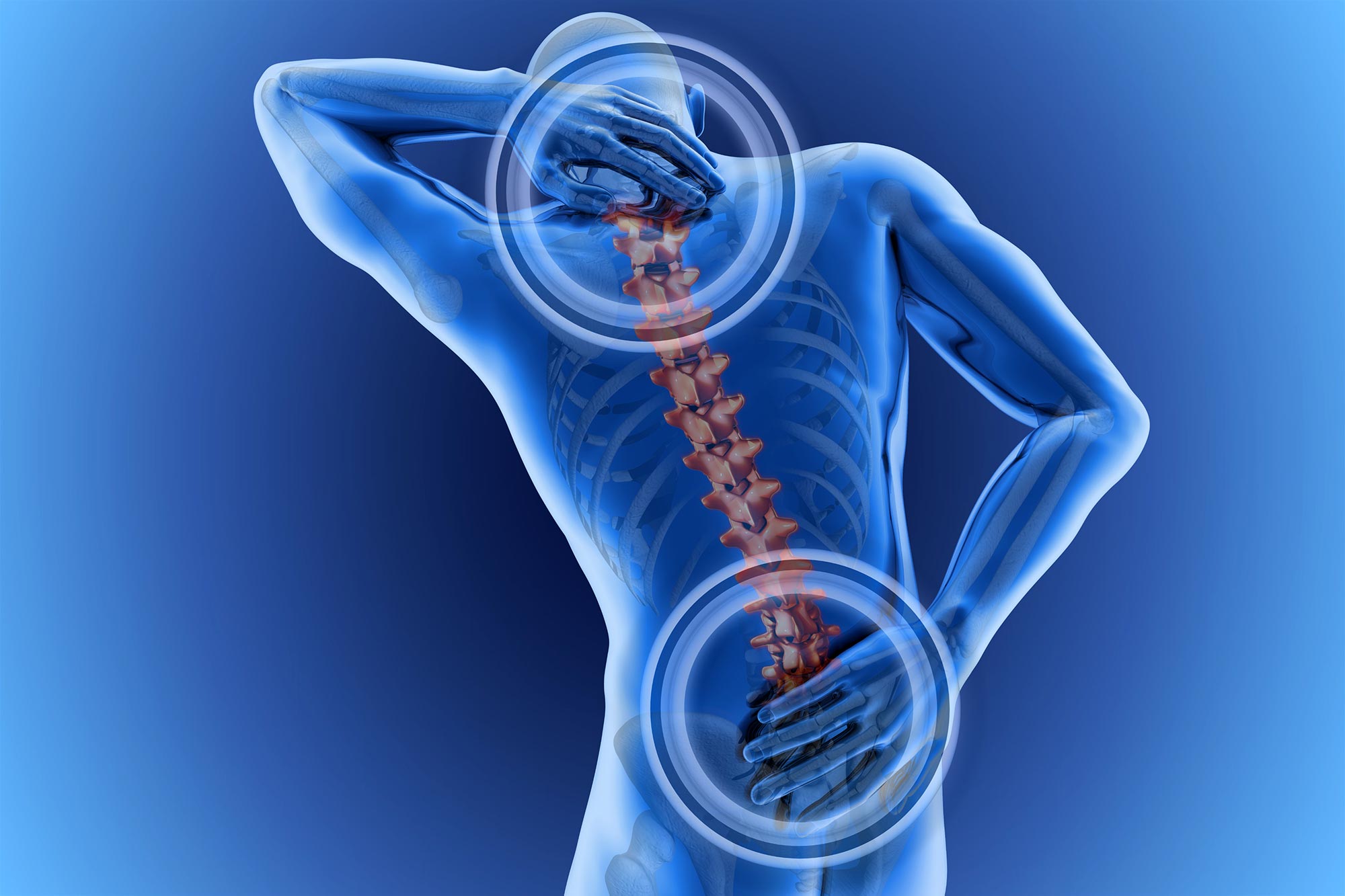Are you seeking a natural method to manage your discomfort and increase your pain tolerance? A groundbreaking study from Norway might just have the answer you’ve been searching for. Researchers from the University Hospital of North Norway, Tromsø, have made a compelling discovery that could revolutionize our approach to dealing with chronic pain. Their study, recently published in the open-access journal PLOS ONE, highlights the significant link between regular physical activity and increased pain tolerance.
About the Research
This Norwegian study analyzed data from over 10,000 adults, providing robust evidence that those who maintain an active lifestyle boast a higher pain tolerance compared to their sedentary counterparts. Furthermore, the findings revealed an intriguing gradient: as the level of physical activity increased, so did the level of pain tolerance. This connection between movement and managing discomfort offers a beacon of hope for those grappling with chronic pain issues.
The research team, led by Anders Årnes, embarked on this study to explore the potential benefits of habitual physical activity on pain tolerance. Prior studies had hinted at the relationship, but they often involved smaller populations or specific groups, making it difficult to generalize the findings. By analyzing data from the Tromsø Study—a substantial population survey conducted in Norway—the researchers aimed to provide clear insights into how an active lifestyle could influence our ability to handle pain.
The Result of the Research
Participants in the study reported their levels of physical activity during two rounds of the Tromsø Study, one from 2007 to 2008 and another from 2015 to 2016. Their pain tolerance was assessed through a test that involved submerging their hand in cold water. Those who were active in either round demonstrated higher pain tolerance than individuals who led a sedentary lifestyle during both rounds. Remarkably, participants who increased their activity levels between the two rounds showcased an even greater overall pain tolerance.
While the study did not establish a statistically significant change in pain tolerance over time directly attributable to increased physical activity, the association suggests that engaging in regular movement can indeed play a crucial role in managing chronic pain. This insight opens up new avenues for non-pharmacological interventions aimed at those suffering from persistent discomfort.

Implications of the Research
The implications of these findings are profound. According to the researchers, embracing physical activity could serve as a potential strategy to alleviate or even prevent chronic pain. With chronic pain affecting millions worldwide, these insights offer a promising alternative to traditional pain management techniques, often reliant on medication.
Anders Årnes and his colleagues urge individuals to incorporate more movement into their lives, emphasizing that the key is to start somewhere, regardless of the activity. Whether it’s a daily walk, yoga, swimming, or any other form of exercise that you enjoy, the goal is to stay or become physically active over time. This, they suggest, could significantly benefit your pain tolerance.
The study also points to the need for further research to confirm the cause-and-effect relationship between physical activity and pain tolerance. Such studies could explore how varying types and intensities of exercise influence pain perception and tolerance over time.
This study highlights the effectiveness of physical activity as a weapon in our fight against chronic pain. By demonstrating that increased movement correlates with higher pain tolerance, the study invites us to reconsider how we approach pain management. So, let’s lace up our sneakers, hit the trails, or roll out our yoga mats with the knowledge that our efforts might not just be improving our physical fitness but also enhancing our ability to manage pain. As the researchers aptly put it, ‘Whatever you do, the most important thing is that you do something!’
Related posts:
Q&A: Higher physical activity levels linked to stronger pain tolerance
Active Lifestyles Boost Pain Tolerance
People who are physically active may have higher pain tolerance – study





